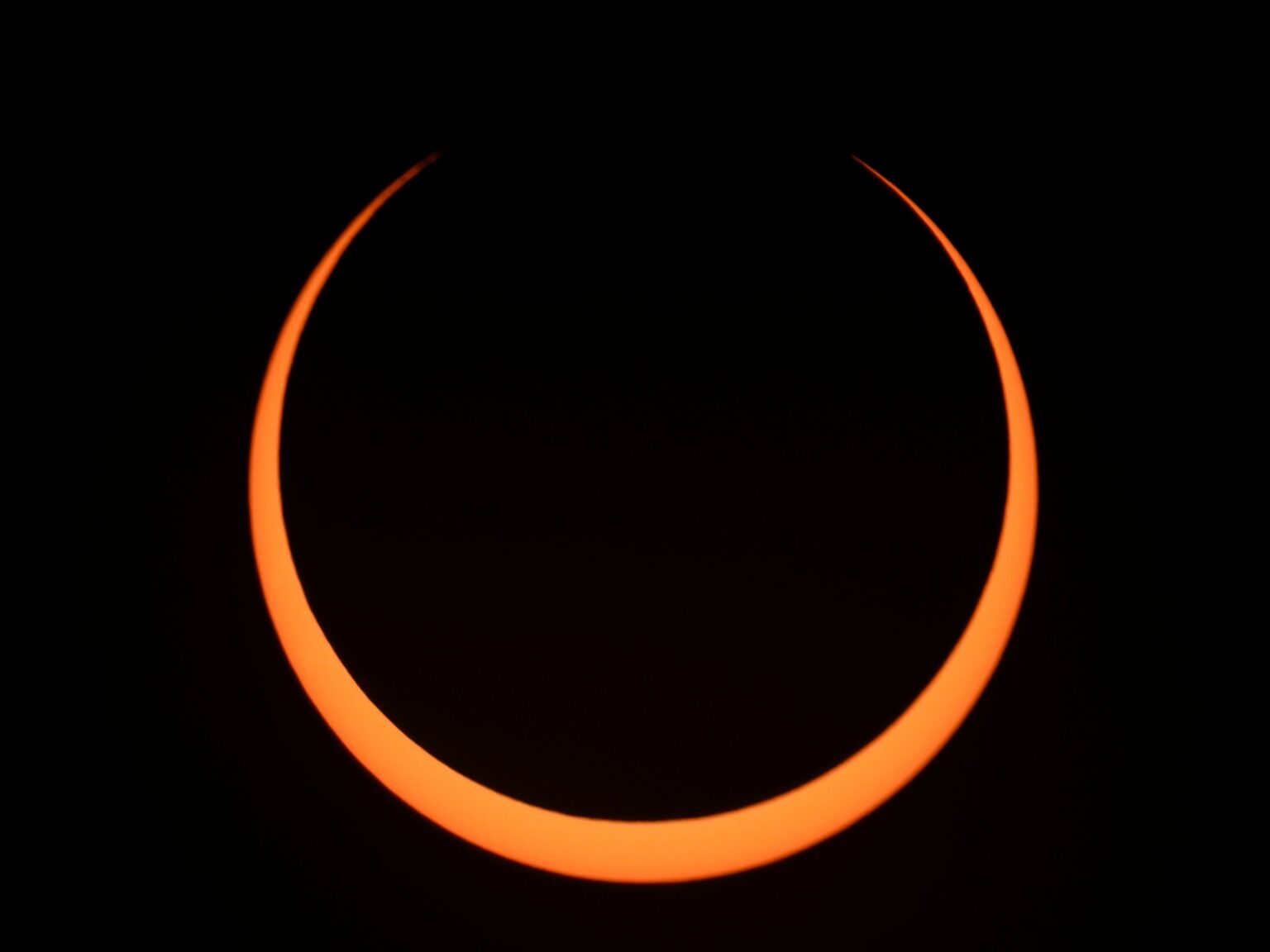Stargazers in Chile and Argentina turned their eyes to the horizon on Wednesday to catch the final solar eclipse of 2024: a “ring of fire” that blazed across the sky.
Also known as an annular eclipse, the celestial phenomenon occurs when the moon passes in front of the sun, darkening the centre of the orb.
Solar eclipses are not uncommon: NASA, the United States space agency, estimates that two to four happen each year. But they are not visible from every angle on the globe.
Only those within the “path of totality” can view the full eclipse, when the moon blots out the sun, leaving only a ring of light. Experts say that the path of totality this year was only between 265 to 331 kilometres wide (165 to 206 miles wide).
Still, those outside the path of totality could enjoy a partial eclipse, with the sun appearing to be a crescent shape — or looking as though a bite had been taken out of it.
Stretches of Chile and Argentina were directly in the path of totality. A partial eclipse, meanwhile, was visible in Antarctica, Hawaii, Mexico, New Zealand and other parts of South America, including Brazil and Uruguay.
While the “ring of fire” was the last solar eclipse of 2024, the following year will bring two partial eclipses. The first, on March 29, will be visible in stretches of Europe, Asia, Africa and North and South America.
The second, on September 21, will be seen in Australia and Antarctica.
For another full solar eclipse, however, stargazers will have to endure a wait: The next “ring of fire” arrives on February 17, 2026.
Read the full article here

